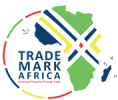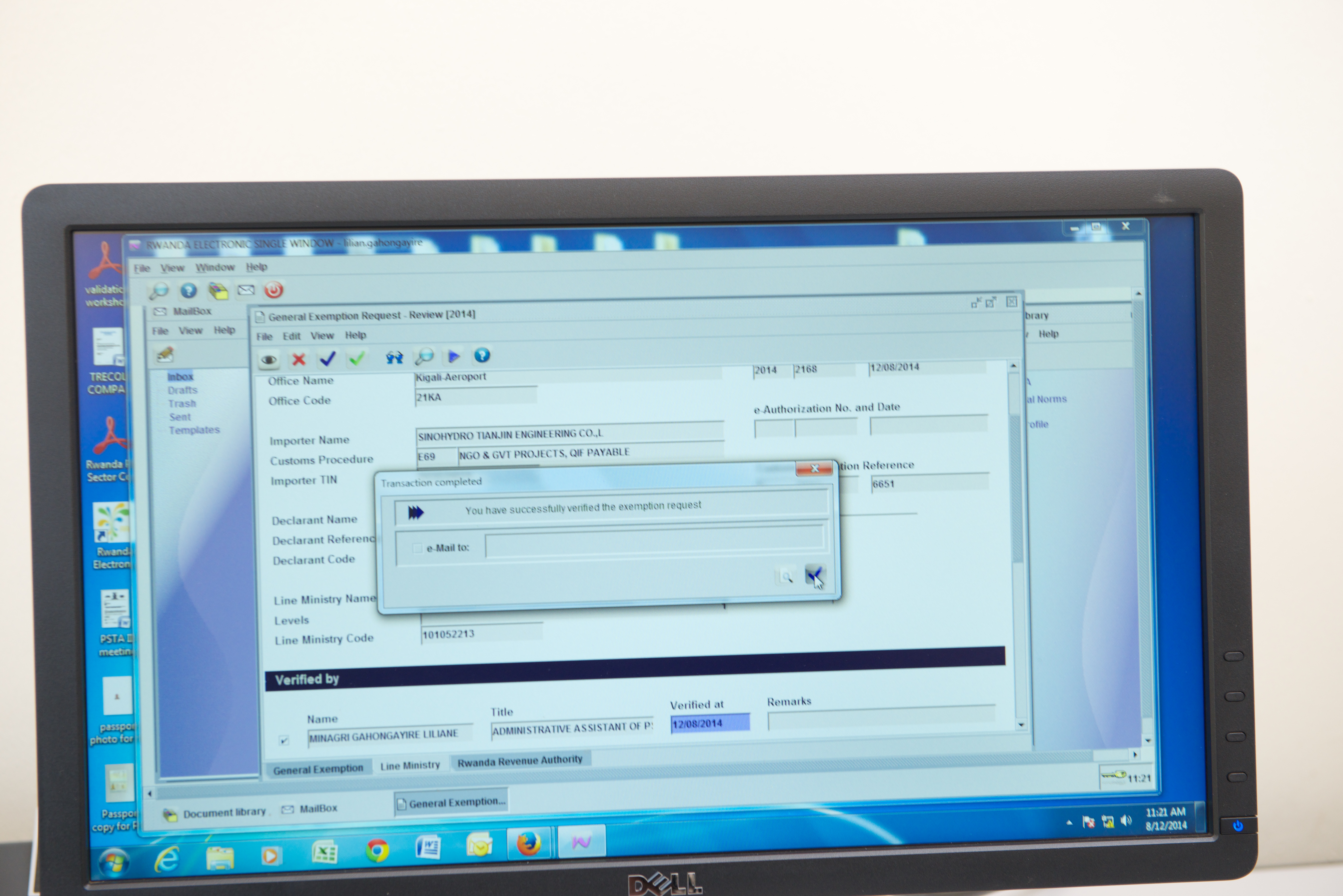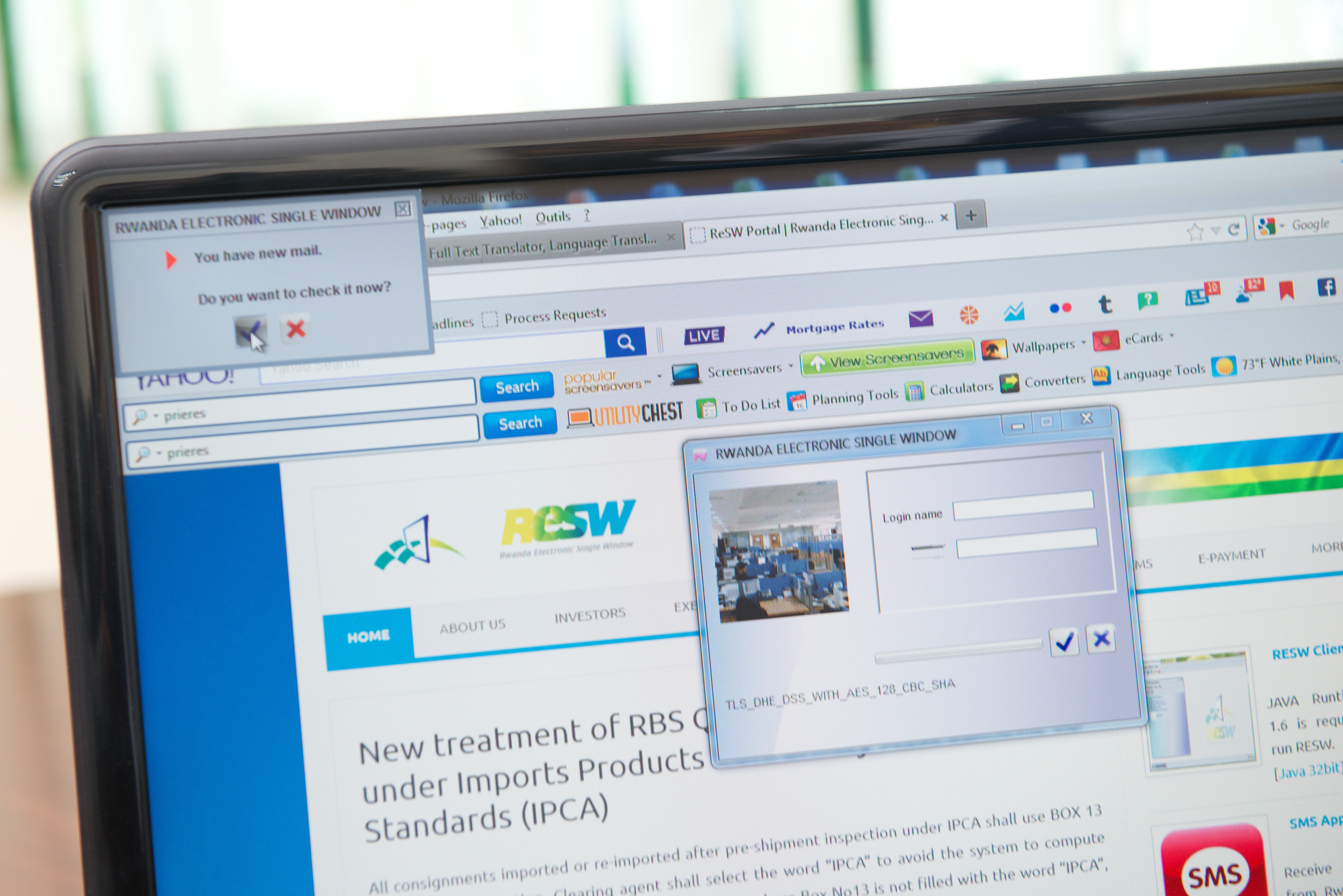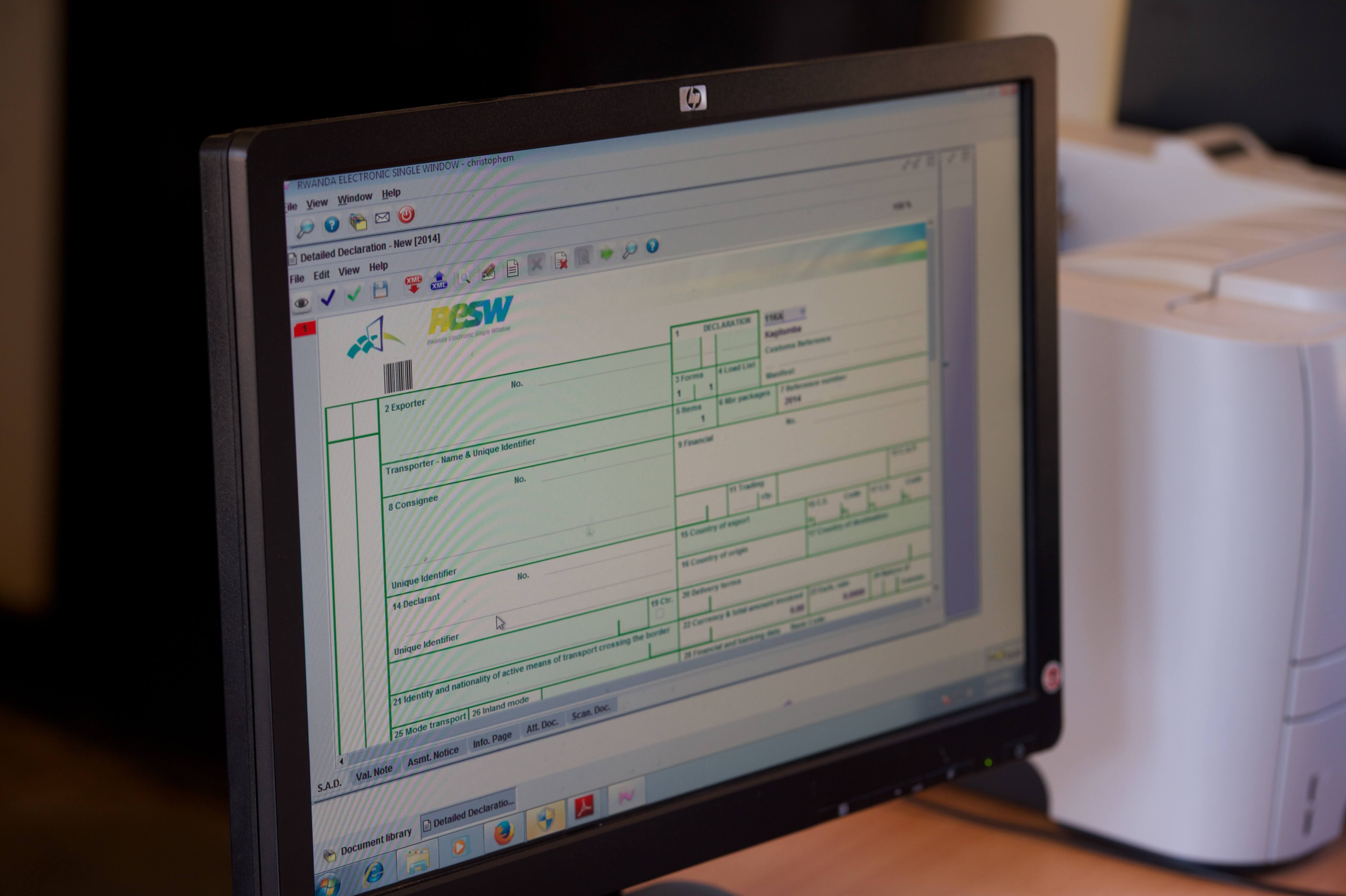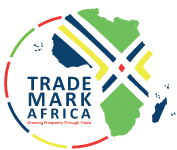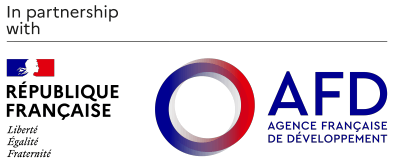Despite the benefits that trade facilitation initiatives such as the introduction of an eSW may yield for a wide range of stakeholders including clearing agents, importers and exporters and government agencies, like most trade reforms, the links between these types of investments and poverty reduction are not so clearly defined. A recent study (Shepherd, 2014) has found that trade facilitation interventions can have direct effects on poverty by altering relative prices in agriculture and manufacturing. Although the study has not focused exclusively on eSW, the findings could be used to understand some of intended and unintended effects of such intervention on the poor. Trade facilitation efforts that reduce importing and exporting prices have different effects in different groups and may create winners and losers even among the poor. The nature and size of the effect depend on whether or not the particular groups of people are net producers or net consumers of traded goods, and whether or not these are exported. Exporters tend to benefit from trade facilitation interventions. Shepherd (2014) highlights that ‘reducing transaction costs for exporters means that the overall wedge between the farm or factory gate price and the world price is reduced to some degree.’ As highlighted in the report, a number of factors affect farm and factory gate prices, and changes in transaction costs may not immediately translate into increased prices. Poor groups that may benefit includes those involved in the production of exportable goods such as cash crops like cocoa, coffee or cotton. Other...
Can improved trade facilitation help tackle poverty?
Posted on: May 20, 2019
Posted on: May 20, 2019
